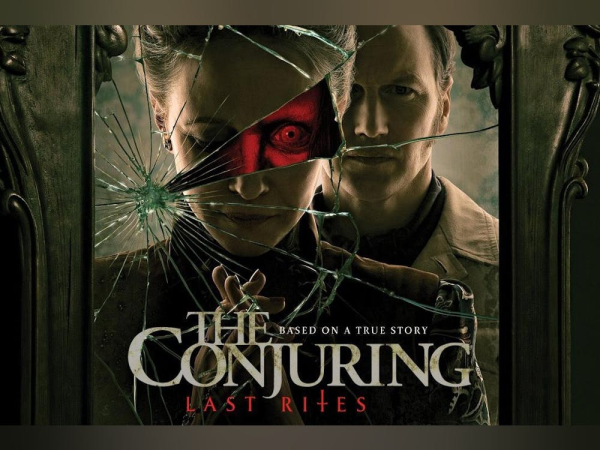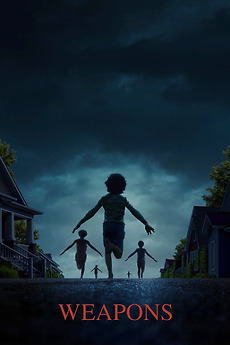Girls love crime

Some popular shows that women are interested in are Criminal Minds and Law & Order. There has been a noticeable increase in the popularity of these shows among women.
The depiction of crime in entertainment is full of gore and violence. It’s cruel, disturbing, and is meant to terrify its viewers. And yet, women find themselves drawn toward it.
Crime shows like Criminal Minds, CSI: Miami, and NCIS have been around for years. These television shows were made to thrill and instill a sense of suspense in viewers. These fictional shows have been becoming more popular, and the true crime genre has also been rising in the charts with the increase in podcasts and other forms of streamable entertainment. Women have been consuming this kind of content more than ever, according to criminal psychology expert Amanda Vicary from the University of Illinois.
But the question is why? Why would women be so enthralled with this genre even though it’s so horrific?
One explanation could be the fact that women are disproportionately likely to be victims of crime, according to psychologist Chivonna Childs from the Cleveland Clinic. Women that consume crime related entertainment subconsciously might be trying to learn how to avoid becoming a victim.
In essence, the fear of crime may be the exact thing driving women towards it. Women can learn more about the criminal psyche, and learn what not to do from the victims that are portrayed.
The emotional aspect could also be another reason why women are drawn to crime related entertainment. Some women empathize with the victims more.
“They put themselves in the position of the victim, the victim’s families, especially if the victim is a woman and there’s a real emotional jolt and emotional reaction,” said Julia Davis, editor of Crime Monthly Magazine.
But, the reason behind the popularity of crime related entertainment among women could also just be the fact that it’s intriguing. Sanvi Prakash, a Monte Vista sophomore, is an avid listener of true crime podcasts like Rotten Mango, and thinks that a multitude of different reasons are behind the interest of women.
“It’s interesting and all of the victims are women,” Prakash said. “It’s enlightening.”
With the increase in popularity of crime related entertainment, there has been an influx of women that are interested in joining the criminal investigation field. According to Monte Vista’s forensics teacher, Tracy Gilcrist, there are 23 female students in her Honors Forensics II class and only one male student. Gilcrist believes that female students might be drawn towards forensics because of the kind of skills it requires.
“It is more of a soft science,” Gilcrist said. “It’s more observational and hands-on, versus engineering and stuff that may be more mathematical and more computer-based. You still have all of that in forensics, but you really have to be in forensics to realize that’s what it is. So, I think it may be more of a skill set that appeals to girls, rather than boys.”
Fictional crime shows might have more of a negative effect than one might think. There are many inaccuracies that are portrayed, and many of the crime shows mainly focus on the character storyline and drama, rather than the actual crime.
“I don’t like it when it’s not really super realistic,” Gilcrist said. “They always catch the killer, they always figure it out, and it’s done in thirty minutes.”
The continuous inaccuracies portrayed in these shows leads to a phenomenon called the “CSI Effect.”
“The CSI Effect is where people have watched so many crime shows, that they feel like they’re already a forensics expert and they know what to expect,” Glicrist said. “They expect that there will be DNA and fingerprints left behind in every single crime scene and if you don’t have that, then it can’t be that person [and] you can’t convict without that.”
When people are watching crime shows and the CSI effect is able to take place, juries and court trials are then affected. Many jurors make decisions based on what they think they know about forensic science, even though it is not true. For example, many jurors are led to believe that DNA testing takes a few minutes to a day, but in reality it can take months or even years for DNA to be tested due to a waitlist. Along with that, many jurors may think that investigators always find the suspect within a day or two of the crime, so when a list of possible suspects are shown, they assume that it has to be one of the suspects that are in front of them. This causes issues because many crime cases can take months to years to even go to court and a lot of the time, the first suspects that are tried did not actually commit the crime, which leads to innocent people in jail.
The CSI effect, though negative, can be found good for some. For example, defense attorneys have a greater chance of winning a case when they throw in things such as asking the jury where the DNA evidence is. The jury then questions why there is no DNA evidence or fingerprints leading to the suspect, and they assume that the suspect did not commit the crime, even if every other piece of evidence points to the guilt of the suspect.
Although there are many cons with the surplus of crime show consumption, it’s still great that people are interested in the forensics field. With more people wanting to work with forensics, the criminal justice world can become more accurate and stronger, meaning that more crimes will be brought to justice, just like they are in crime television shows.

Esther is a senior at Monte Vista and is currently in her fourth year at The Stampede. She is looking...

Aarushi Khurana is a senior at Monte Vista and is returning for her third year in journalism. This year...





